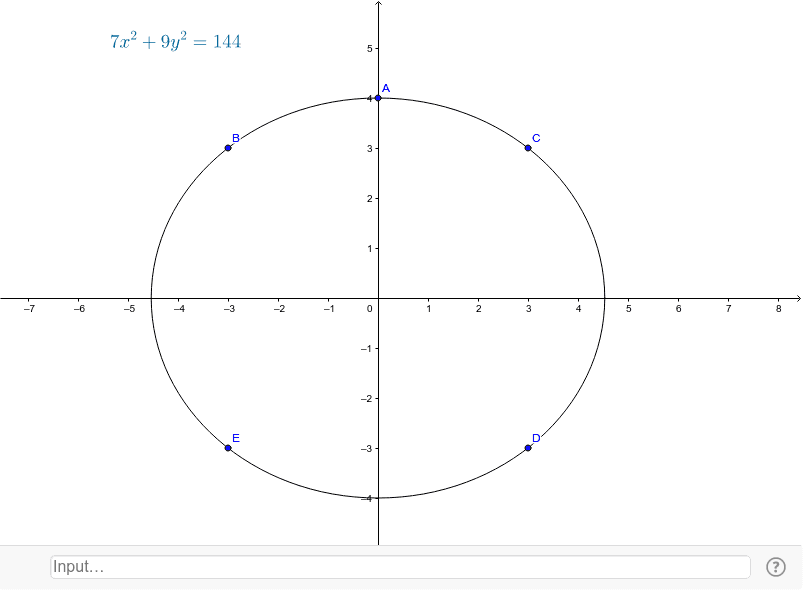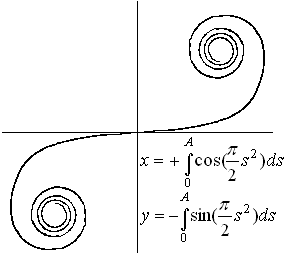
point - a list of two coordinates representing the x- and.Pairs and the context in which they are used: a list of four elementsĬan be regarded as an infinite line, a finite line segment but alsoĪs a polyline of one segment and a point set of two points.Ĭurrently the following types of objects are distinguished: The various types of object are recognised by the number of coordinate Y-coordinate of a first point and the x- and y-coordinates of a second

The geometrical objects are implemented as plain lists of coordinates.įor instance a line is defined by a list of four numbers, the x- and The math::geometry package is a collection of functions forĬomputations and manipulations on two-dimensional geometrical objects,
Similarly, the ordinate of a point is its signed distance from the X-axis.::math::geometry::angle line ::math::geometry::calculateDistanceToLine P line ::math::geometry::calculateDistanceToLineSegment P linesegment ::math::geometry::calculateDistanceToPolyline P polyline ::math::geometry::findClosestPointOnLine P line ::math::geometry::findClosestPointOnLineSegment P linesegment ::math::geometry::findClosestPointOnPolyline P polyline ::math::geometry::lengthOfPolyline polyline ::math::geometry::movePointInDirection P direction dist ::math::geometry::lineSegmentsIntersect linesegment1 linesegment2 ::math::geometry::findLineSegmentIntersection linesegment1 linesegment2 ::math::geometry::findLineIntersection line1 line2 ::math::geometry::polylinesIntersect polyline1 polyline2 ::math::geometry::polylinesBoundingIntersect polyline1 polyline2 granularity ::math::geometry::intervalsOverlap y1 y2 圓 y4 strict ::math::geometry::rectanglesOverlap P1 P2 Q1 Q2 strict ::math::geometry::bbox polyline ::math::geometry::pointInsidePolygon P polyline ::math::geometry::rectangleInsidePolygon P1 P2 polyline ::math::geometry::areaPolygon polygon DESCRIPTION. By signed, it means that towards the right of the Y-axis, the abscissa is positive, whereas on the left it is negative. The abscissa of a point is its ‘signed’ distance from the Y-axis. The x-coordinate of a point is referred to as its abscissa and the y-coordinate as its ordinate. The coordinates of each point are denoted by an ordered pair of numbers (x, y). The point of intersection of the two axes is referred to as the Origin (O). The horizontal line is referred to as the X axis, and the vertical as Y axis. The axes divide the plane into four quadrants (labelled in red). With reference to the above figure, here are some terminologies, notations and conventions. Here’s what the Cartesian coordinate system looks like: We’ll be particularly using the Cartesian coordinate system – a particular type (among many) which represents each point by using a pair of number (coordinates) which are the signed distances of the point from two fixed perpendicular lines, known as the axes. 
To translate a problem in geometry into algebraic form, we use something known as a ‘coordinate system’ – a system which uses numbers (coordinates) to uniquely determine the location of a point in a plane (or space). to represent geometrical figures and establish various results, properties, proofs etc.

But before diving into these sub-topics, we must first understand the basics of coordinate geometry.Ĭoordinate geometry is the study of geometry using algebra, that is using relations, operations, equations etc. This topic can be divided into five sub-topics – Straight Line, Circle, Parabola, Ellipse and Hyperbola, each of which I’ll cover individually. This will help you understand the best ways to approach and solve a problem. There are usually multiple ways of solving a given problem in this topic, which makes it quite interesting. I’ll try to illustrate and compare different methods of solving a given problem, wherever applicable. Welcome to the first lesson in Coordinate Geometry Basics!Ĭoordinate geometry is an interesting topic to study and explore, and one of my favorites too.







 0 kommentar(er)
0 kommentar(er)
